
In this tiny cluster of freshly-painted, white houses deep inside the Donana National Park in southern Spain, a small miracle is taking place every day. It is here, under the merciless Andalusian sun, that since 2003 a team of 10 dedicated experts and several volunteers have been bringing the magnificent Iberian lynx, the world’s most endangered cat, back to life. The breeding center of el Acebuche is one of the four established across Spain as part of a pioneering conservation program, through which young lynx are bred and then reintroduced in the wild.
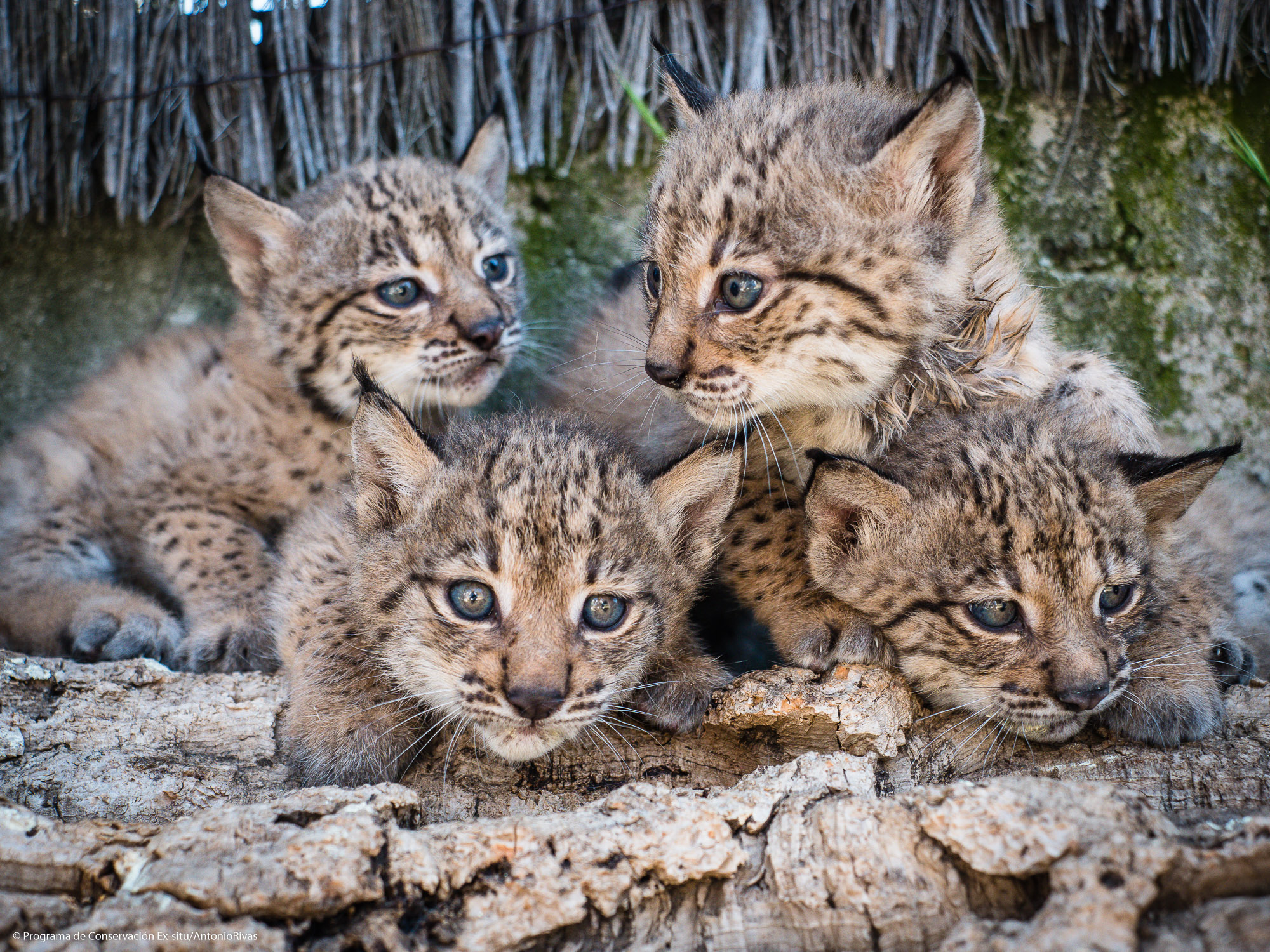
Since the captive breeding program started in 2002, close to 200 young lynx have been reintroduced in the wild. /Credit to © Ex situ conservation program for the Iberian Lynx
Once in the tens of thousands in southern Spain and Portugal, the Iberian lynx was devastated in the 20th century by over-hunting, the decimation of its main prey, rabbits, by diseases, construction and loss of territory. By 2002, only 94 were surviving in the wild.
The Iberian lynx was a glimpse away from extinction and was listed as "critically endangered" by the International Union for the Conservation of Nature (IUCN). That's when the Spanish government launched an emergency campaign to save it and established a captive breeding program. With joint funding from the European Union totaling close to 100 million euros since 2002 and the joint efforts of hundreds of scientists and conservationists, the fate of this elusive animal was turned around. Today nearly 700 Iberian lynx live in the wild. Their numbers keep growing and the Iberian lynx has been downgraded to an "endangered" species.
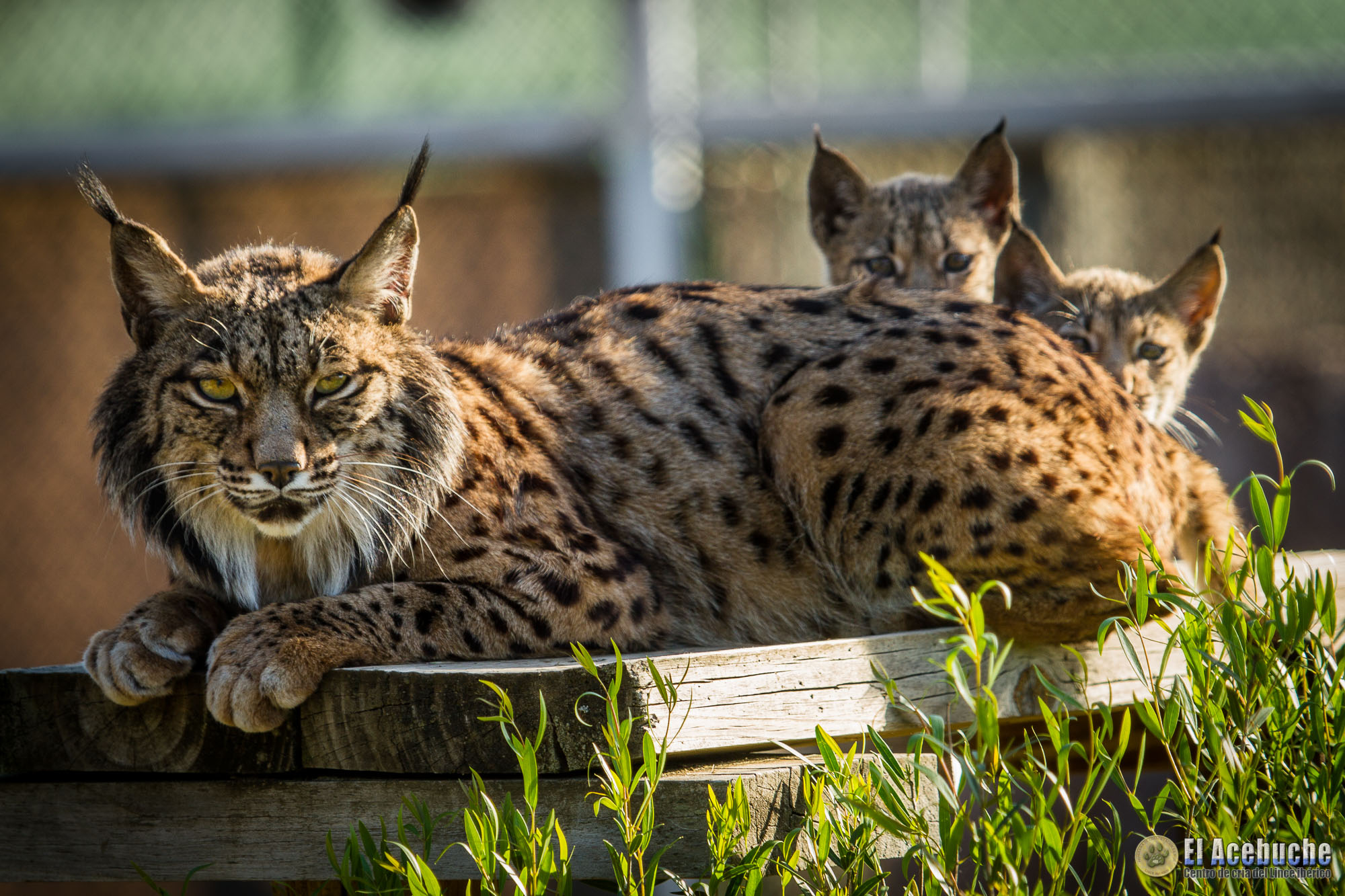
The young lynx go through an extensive monitoring and training program before they are released in the wild. /Credit to © Ex situ conservation program for the Iberian Lynx
The efforts have been paying off, yet breeding the lynx in captivity has been far from easy. According to Francisco Villaespesa, director of the el Acebuche breeding center, when the captive breeding program started, there was one main challenge. "Back in 2003, we didn't know how their reproduction cycle worked," he says. "We knew nothing, we didn't know how to breed them in captivity. We learned through the years how to manage these animals, we keep learning, keep having research programs and always learning."
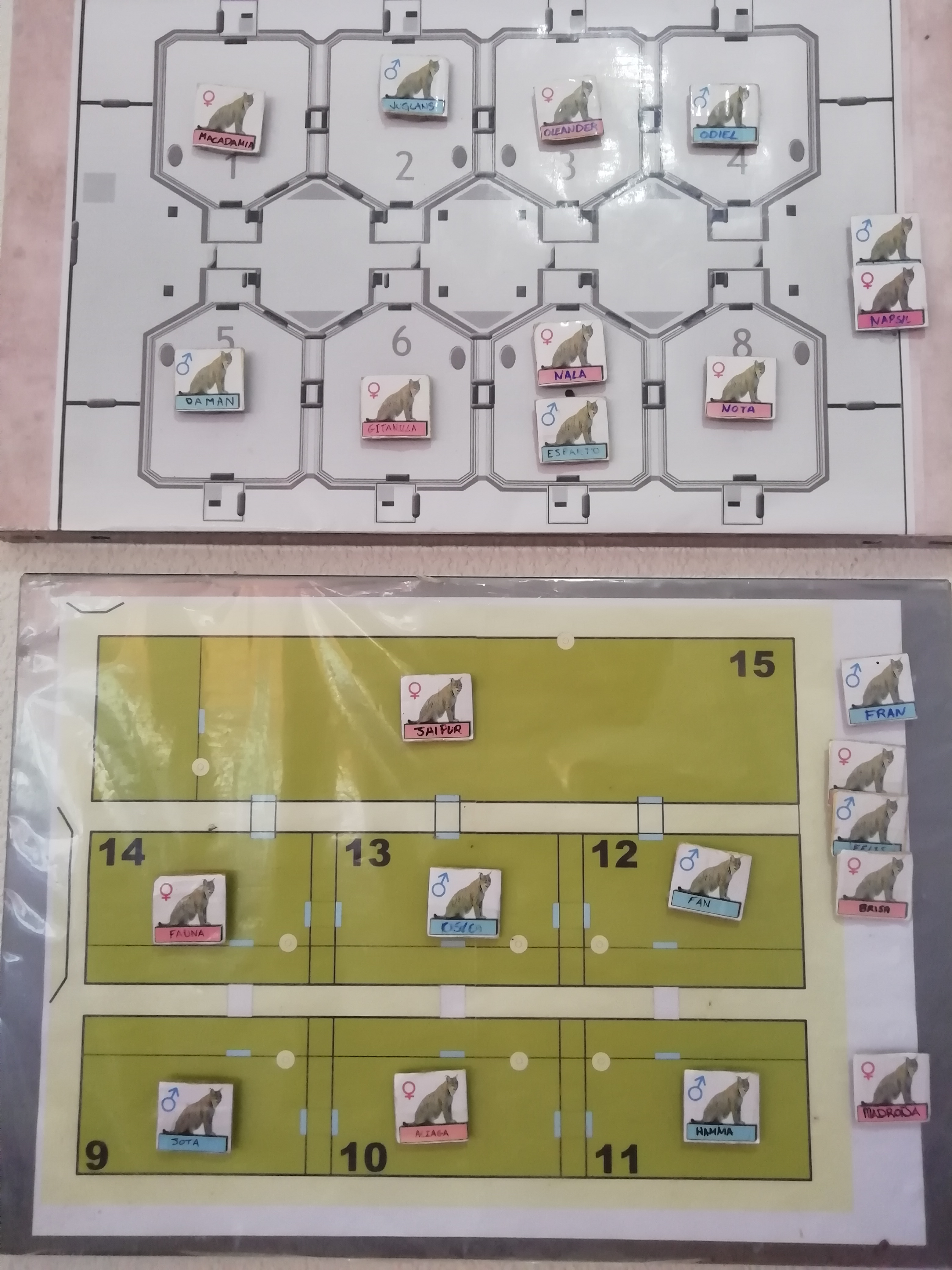
The adult lynx have their names along with their sex marked on magnetic cards the staff at El Acebuche breeding center uses to know in which part of the enclosure each animal lives or must be moved. /Photo taken by Filio
Rearing the cubs in captivity is also challenging. Only about 70 percent of them survive and every cub is precious. They are trained to hunt inside big enclosures that resemble their natural habitat. The el Acebuche breeding center buys about 150 rabbits a week for the captive lynx. Each needs one rabbit per day to survive. The adult lynx and their cubs are monitored 24 hours a day through a high-tech surveillance system that provides critical information for the breeding process, the lynx behavior and ultimately for the cubs’ hunting skills ahead of their release in the wild. A veterinarian is always available as well as a state-of-the-art medical room.
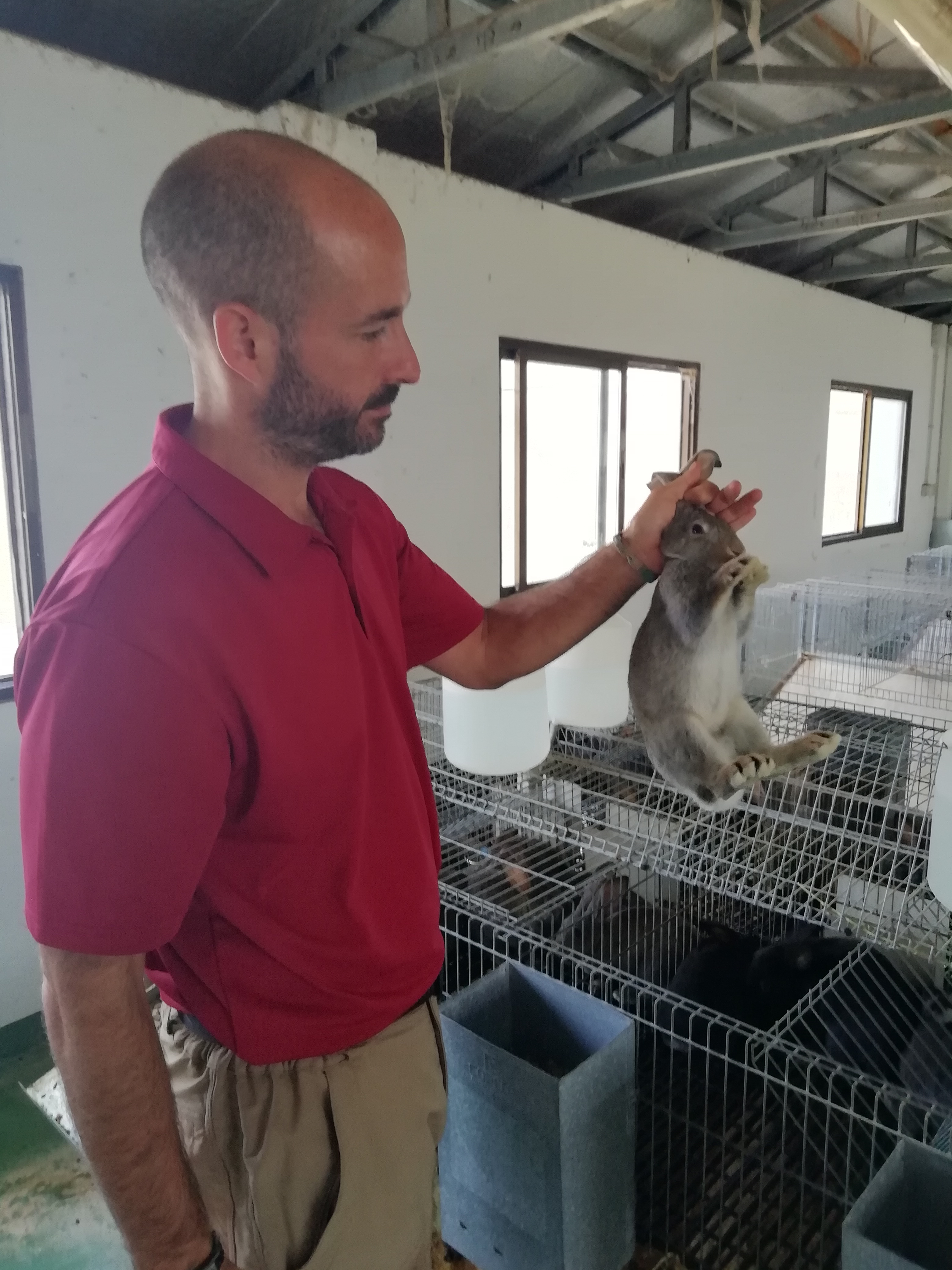
Only rabbits with dark fur are used as prey at the breeding center to resemble the same ones the lynx hunt in the wild. /Photo taken by Filio
In 2002 the lynx lived in two isolated pockets in Andalusia (one in Doñana [Huelva] and another in Andujar [Jaen]) in an area of 125 square kilometers. Today it has been reintroduced aside from Andalusia, in Castilla-La Mancha and Extremadura. Its territory is estimated at over 3,000 square kilometers.
Francisco Villaespesa says in the short-term, the captive breeding program is still necessary. There is a demand for more young lynx from the new areas where the animal has been reintroduced, and even from Portugal. "When authorities believe there are enough lynxes in the wild and live in a stable environment, then we’ll have to think if we still need four breeding centers or just one. We’ll see about the mid- and long-term future of the centers, but for the next five years we are needed."
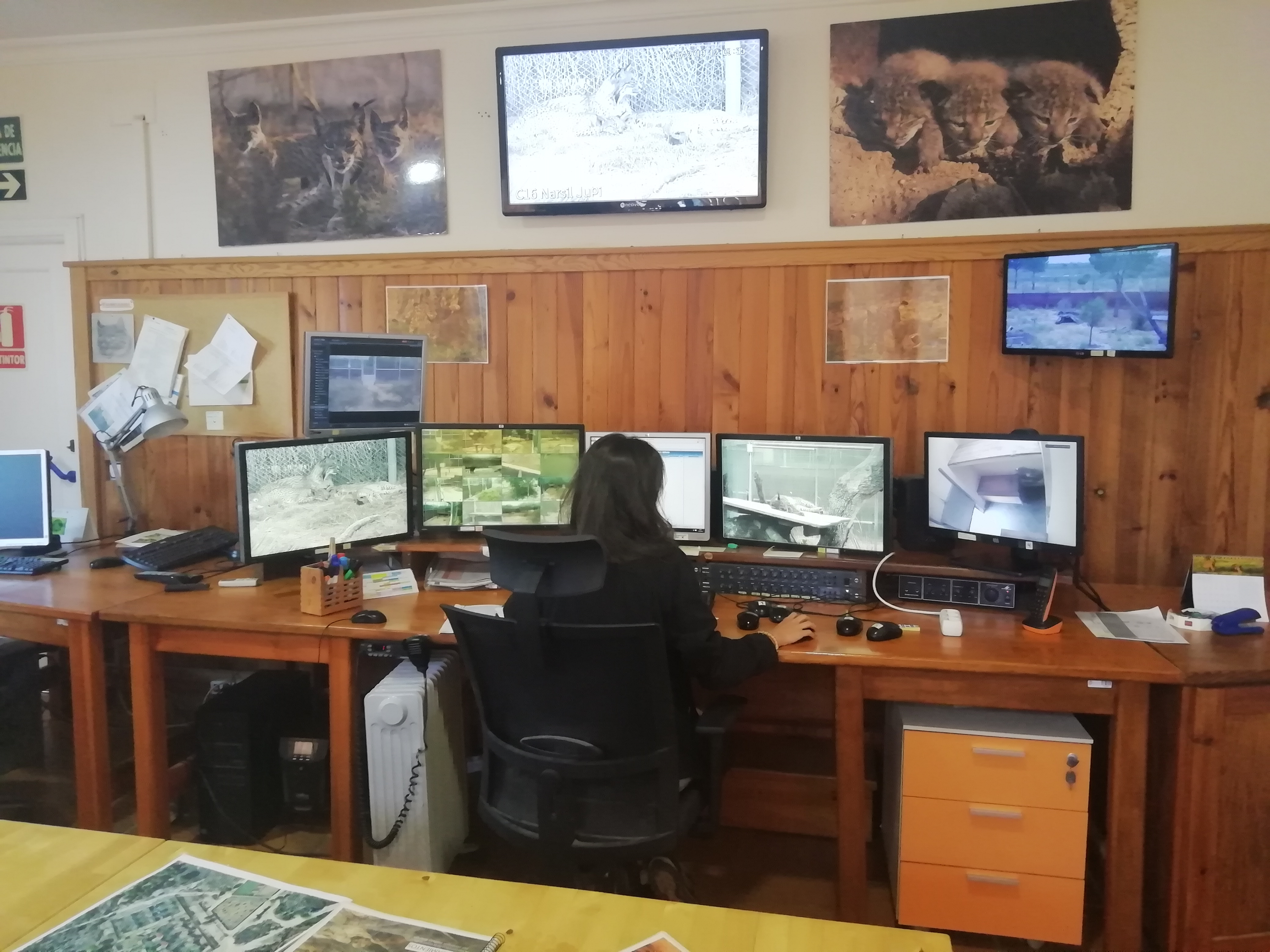
Adult lynx and their cubs at the El Acebuche breeding center are monitored 24 hours a day through a high-tech surveillance system. /Photo taken by Filio
Luis Suarez, director of the endangered species program for the World Wildlife Fund (WWF) in Spain, says the future of the Iberian lynx depends on more than the success of the captive breeding and reintroduction program. "The main challenge for the survival of the lynx is the future of the rabbit, its main prey," he says.
The rabbit population has been declining. What's needed in order for the lynx to thrive, according to Luis Suárez, is safe areas with high density of rabbits where the female lynx can breed.
Despite the efforts, time and money that conservationists have spent to reintroduce the rabbit in the wild, Suarez says it's not as easy as people may think. So far, though they know how to breed and relocate the rabbits, they have not been able to maintain them in high density and in large areas suitable for the lynx for a long time. As a result, the lynxes move and follow their prey in areas where the rabbits thrive but are dangerous for the stealthy hunter, mostly because of human activities, like agriculture and the presence of roads and highways. Road kills remain a big threat for the lynx and culverts that cross under the highways used by the lynx have been constructed in areas like Donana, where the animal is known to live.
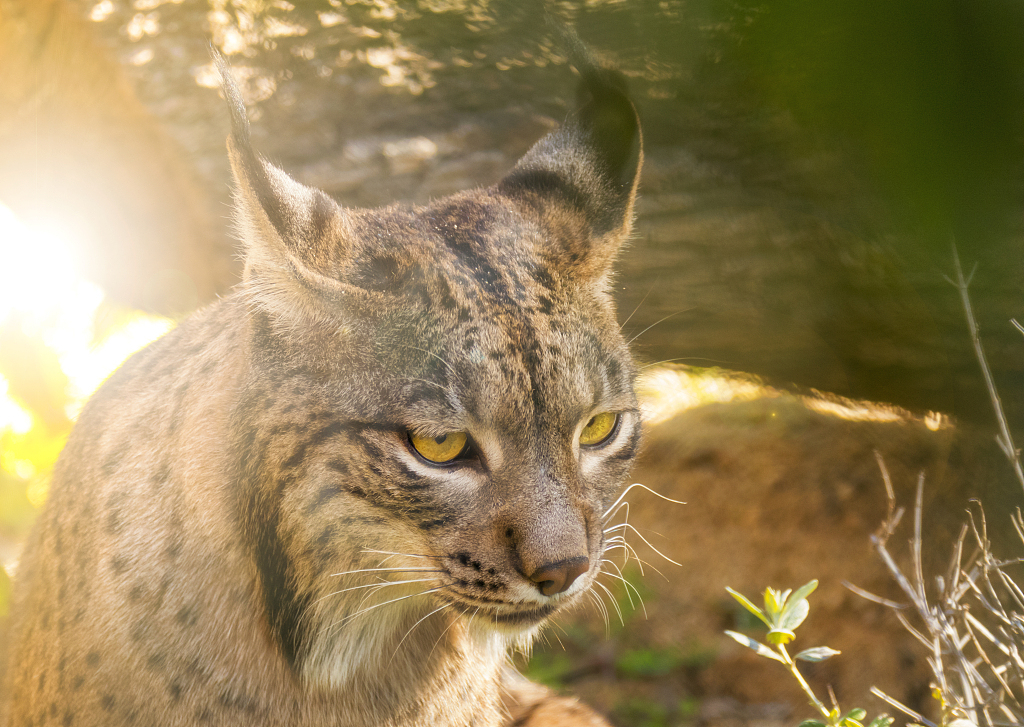
Closeup of an Iberian lynx. /VCG Photo
The people involved in the reintroduction of the Iberian lynx are optimistic. After all, the captive breeding program is widely regarded as one of the most successful conservation programs in the world. According to the people involved in the project, it's unlikely the Iberian lynx will ever go back to its former glory, yet its numbers are growing. And now conservationists hope in the future its status will be further downgraded from "endangered" to "vulnerable."
(Cover image: An Iberian Lynx. /Credit to © Ex situ conservation program for the Iberian Lynx)
(If you want to contribute and have specific expertise, please contact us at nature@cgtn.com.)

Copyright © 2018 CGTN. Beijing ICP prepared NO.16065310-3
Copyright © 2018 CGTN. Beijing ICP prepared NO.16065310-3